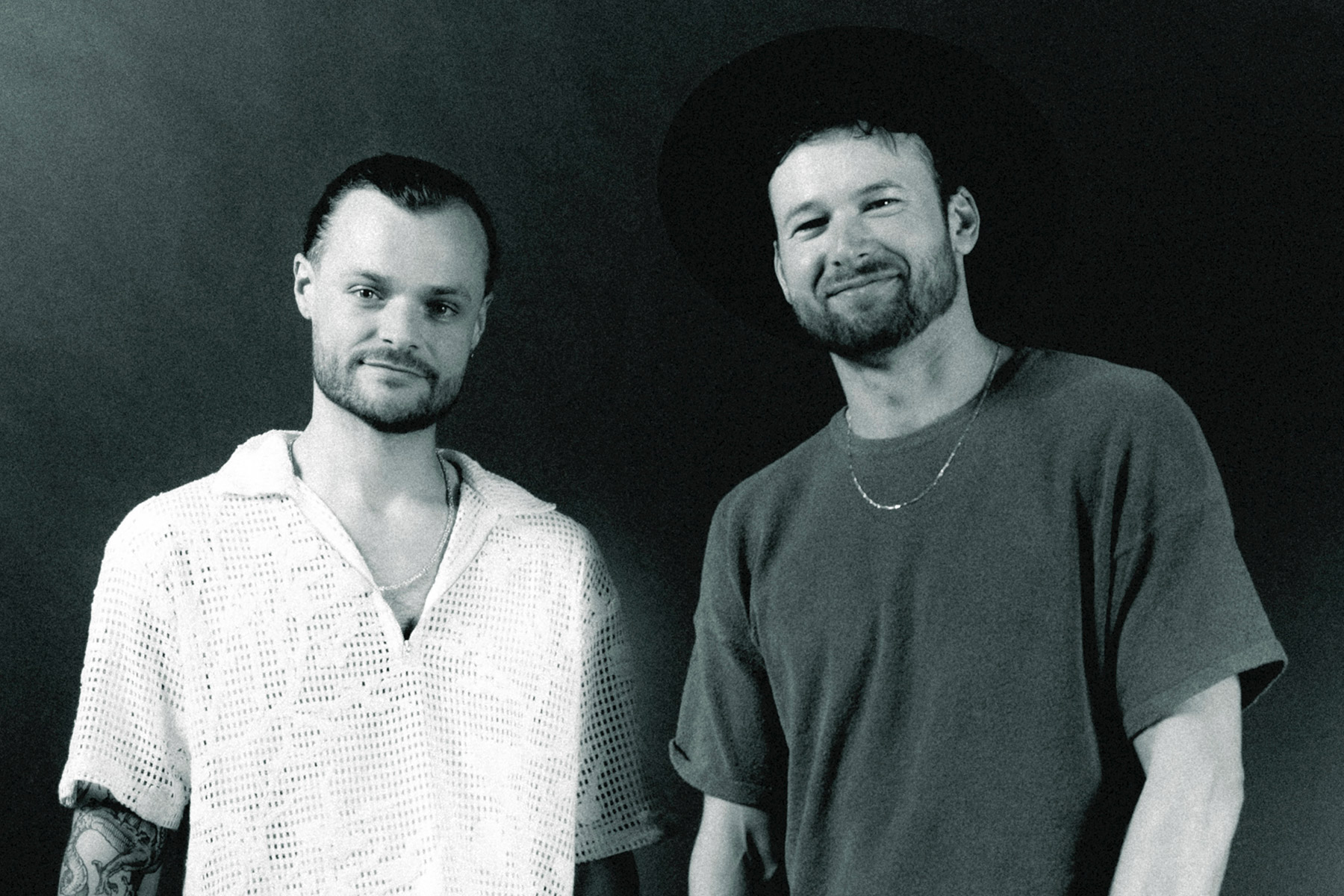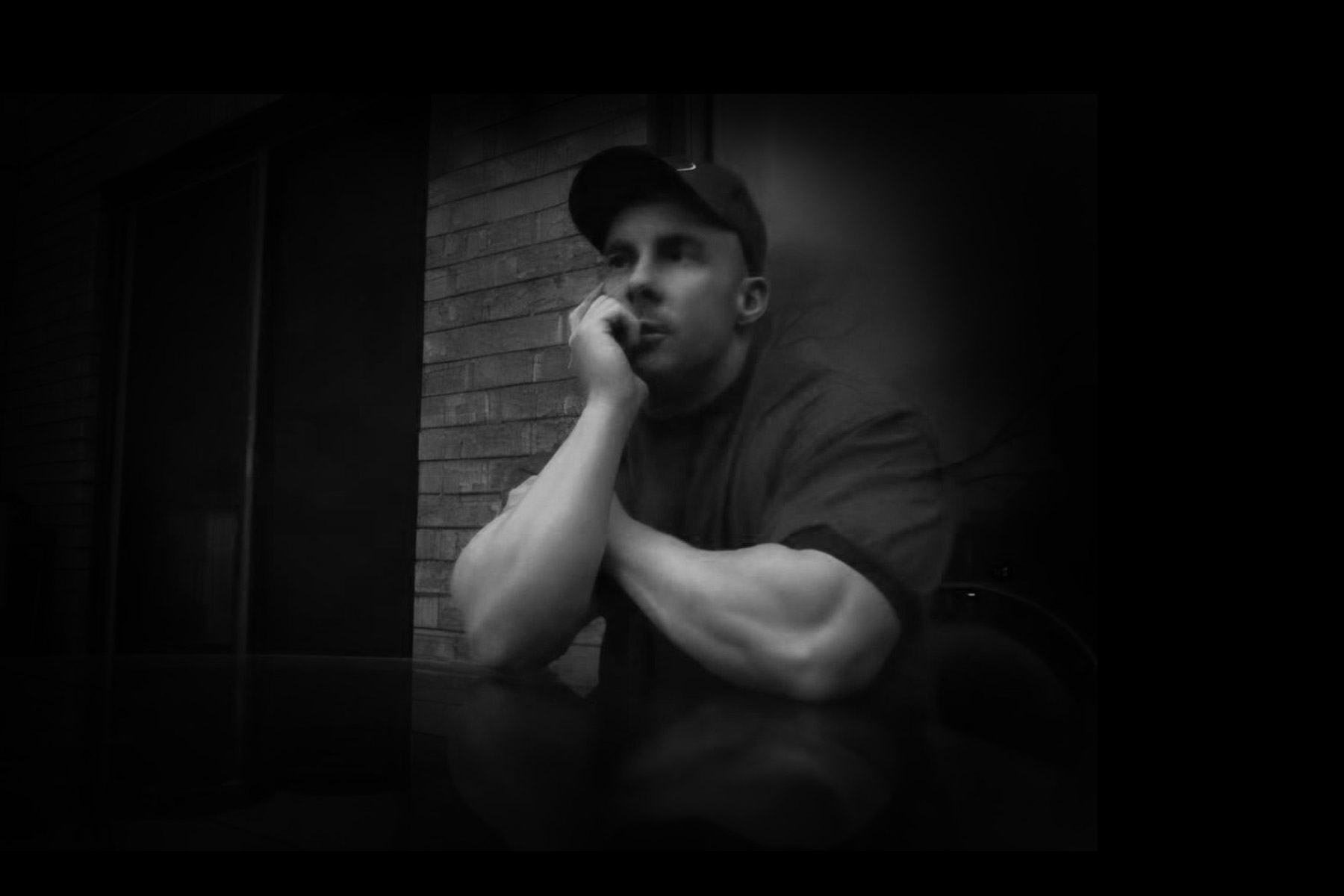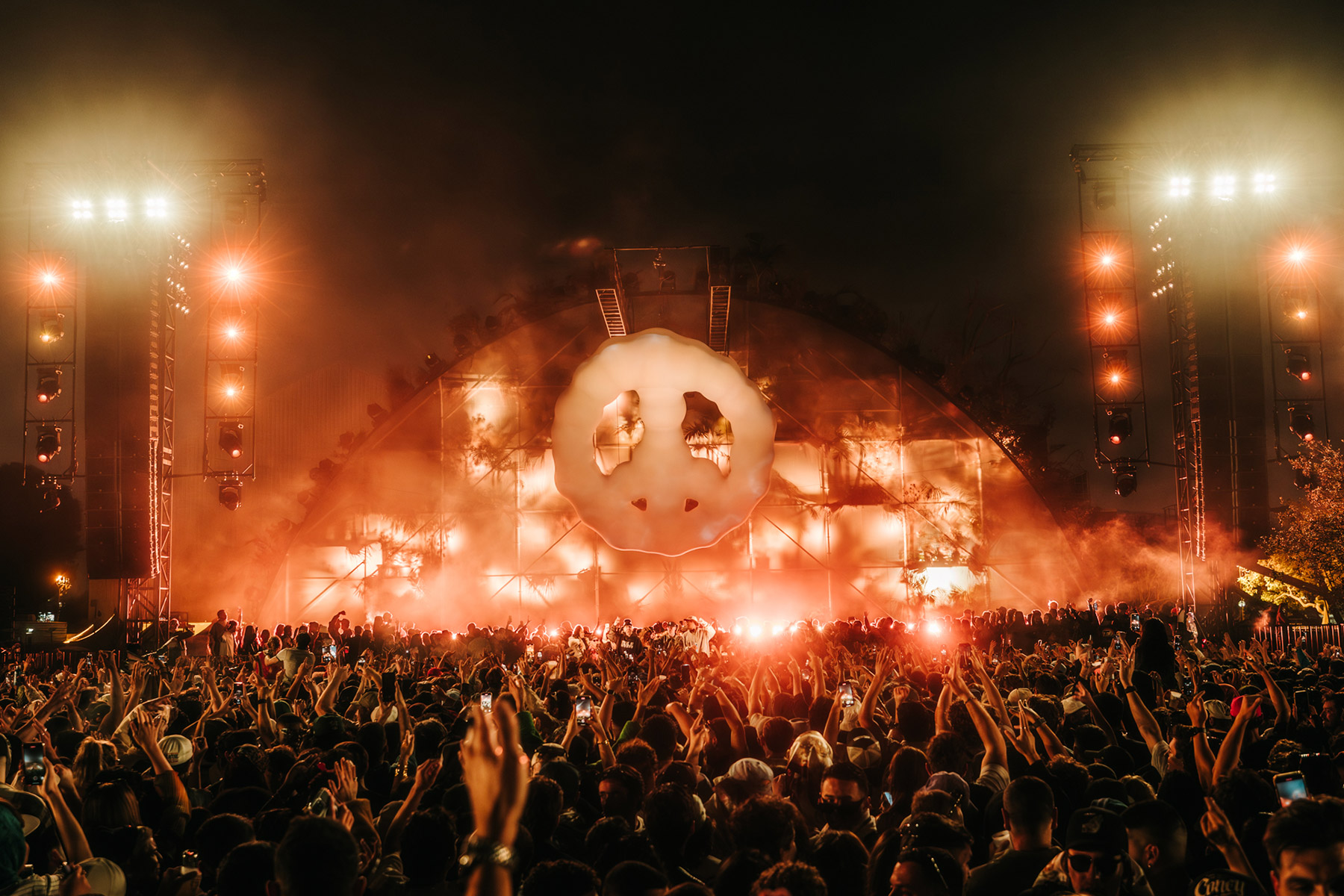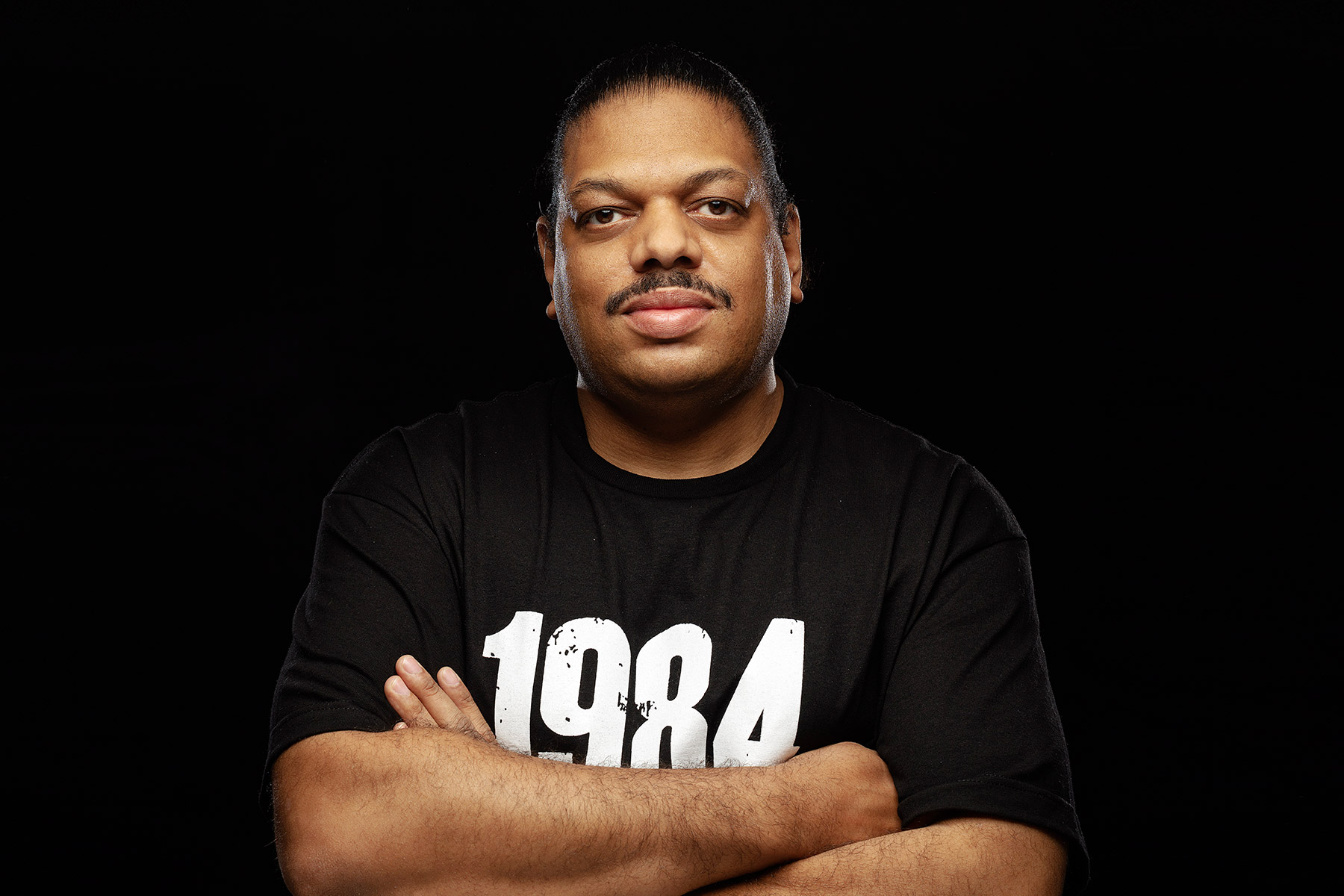Born in the UK, James Harcourt’s music has been featured in DJ sets by renowned artists such as Tale Of Us, Sasha, Adriatique, Marino Canal, John Digweed, and Hernan Cattaneo. In 2024, he released EPs and singles with respected labels, including Global Underground, Siamese, and Renaissance, as well as remixing for the labels of Miss Monique, Dave Seaman, and Elif.
James Harcourt draws inspiration from the late ’90s club scene in London, blending artistic intricacy with indulgent hedonism to create a unique, forward-thinking sound. His releases since 2021 have garnered significant support, while his main stage performances at Noisily Festival, Rainbow Serpent Festival, and appearances across the global club circuit have established him as a sought-after artist.
His consistent work ethic stems from a genuine love and connection to music and life itself, guiding his journey as an artist. Here’s our conversation with him.
EG: Hi James. Welcome to EG! Where are you right now?
James Harcourt: Hi! Thank you for having me. I’m at my home in West Sussex, not far outside Brighton.
EG: How did you get involved with electronic music? Was there a special moment that you always remember?
James Harcourt: A long time ago – back in 1997 – being in an elevated state, listening to CDs my flatmate had … two in particular – JDJ Triptonite mixed by Andrew Galea and Tomislav … and also the 2nd Renaissance mix series album. I think those were the moments I first felt that connection. Beyond that, going to regular London nights such as Voyager, Whoop!, Renaissance, Freedom, Trinity, and Strawberry Sundae at venues like The Cross, Leisure Lounge, Vauxhall Arches, etc. I didn’t get involved with production or DJing until much later.
EG: Moving into current projects, you have a remix coming out on Siona. What can you tell us about it? Can you walk us through your creative process?
James Harcourt: The Siona remix is of an Australian artist called Fabrication – and the track is called ‘This Liminal Place,’ featuring the powerful voice of UK singer Leo Wood. At the time I accepted the remix, I didn’t realize it was a singer since she wasn’t on the filenames – I assumed it was a sample pack vocal somehow, and as a result, I felt compelled to really work it to make it unique, since in the end, all producers find the same best splice samples and all tracks start to have a common theme as a result. I spent a lot of different sessions refining this track, particularly the vocal editing and drums. I’m super happy with the result, and it is one of my most popular remixes to date, based on appearances in sets and mixes. Miss Monique used it on her recent Essential Mix, and this will finally be the light of day in early June.
EG: Also have a 4-track EP on Renaissance in the burner. Can you share more about the inspiration behind the tracks and how they evolved during the production process?
James Harcourt: The upcoming Renaissance EP was inspired by the same source where all my work is inspired – and I still can’t really articulate, label, or describe that. It’s just a feeling that once you get it, you’re connected somehow to that source and just flow with it. I’m sure every musician or artist feels the same in some way. The tracks did evolve with testing and experimentation with extra parts over time. I can’t wait to release this one.
EG: Talking about busy times, your remix of Glenn Morrison’s ‘Before The Storm’ on Fall From Grace Records is set to be released in the near future. What was your approach to this remix, and what makes it special for you?
James Harcourt: Last year, Glenn sent over a batch of music enquiring about a remix – and that’s where I heard the amazing modular work he did on ‘Before The Storm.’ Once I heard the break of that track, I felt compelled to remix it. My approach was to take that big lead in the break and re-play that with my own sounds to build toward a break which showcased that modular synth line. I kept the drums slightly tribal and groovy to retain that element of hedonism and rave that I like to keep at some level, no matter how small, in my club tracks.
“The upcoming Renaissance EP was inspired by the same source where all my work is inspired – and I still can’t really articulate, label, or describe that. It’s just a feeling that once you get it, you’re connected somehow to that source and just flow with it”
EG: How did you connect with Glenn?
James Harcourt: Glenn originally contacted me in a previous life in 2007. He was a music enthusiast working in a record shop in Canada – a shop that was also a label that happened to sign my first attempts at music. At the time, he helped me establish my short-lived label, but a few years later, I essentially quit music completely for a number of years, and when I returned in 2021, Glenn heard some of the new music and got back in touch. I think we both featured on a Sasha playlist at Coachella with our tracks back-to-back at the start of his set; maybe it was at that point we reconnected.
EG: Do you have any tour dates coming up?
James Harcourt: I’ll be playing a 3 city tour of India in the 3rd week of June, and working out two others, which I can’t announce just yet.
EG: How do you balance your touring schedule with your studio work?
James Harcourt: It’s balanced heavily in favor of studio work. Since stopping alcohol and cutting out non-foods generally, recovery from traveling for gigs has been easier than ever, but I will always favor producing my own music over playing other people’s music from a fulfillment perspective.

EG: Going back to the studio, what are some of the classic synthesizers and modern production software you use in your studio? How do you incorporate them into your production process?
James Harcourt: I’m a big fan of the Nord 3, Roland SH101, Moog Voyager, and Juno 106. I also have a 303, a JP8080, a Yamaha TX7, and a Roland SH09, but these are the reserve squad! I tend to use those other synths for most of my work, but I have used Diva and even Viking VK1 (Moog emulator) for synths. For drums, I used Xfer Nerve for kicks and the built-in Cubase sampler for everything else. For effects processing, I go with Valhalla, Soundtoys, and the built-in Cubase stuff.
EG: ‘Parabola’ and ‘Refraction’ have been successful tracks for you. What do you think is the key to creating a track that resonates so strongly with both audiences and industry peers?
James Harcourt: These tracks were mostly popular on Beatport, but it is also important to note that these are not my most streamed tracks or the most popular by other measures. I don’t think there is a single key to resonating with peers and crowds alike, but the number one key, in my opinion, is making music that only aims to please yourself, not someone else. Ultimately, this is the way to express properly, and only then do you really stand a chance of resonating properly and consistently.
EG: Can you share any insights into how you continuously find inspiration and new sounds for your music? What keeps you motivated in the studio?
James Harcourt: It’s a combination of identity and excitement about possibilities. Identity, in that creativity, is a part of my identity, and motivation and discipline are not needed in order to do it. Possibilities, in that the joy of discovering a new amazing idea or blend of sounds that evoke a powerful emotion, is an extremely exciting uncertainty to dive into each day.
“I don’t think there is a single key to resonating with peers and crowds alike, but the number one key, in my opinion, is making music that only aims to please yourself, not someone else”
EG: What can you tell us that nobody knows?
James Harcourt: Today, I woke up at 5 am and wrote/recorded a full track in 2 hours for a YouTube channel called ‘Basic Wavez’.
EG: Thanks for the time, and all the best!
James Harcourt: Thank you, it’s a pleasure!
Follow James Harcourt: Soundcloud | Instagram | Facebook








